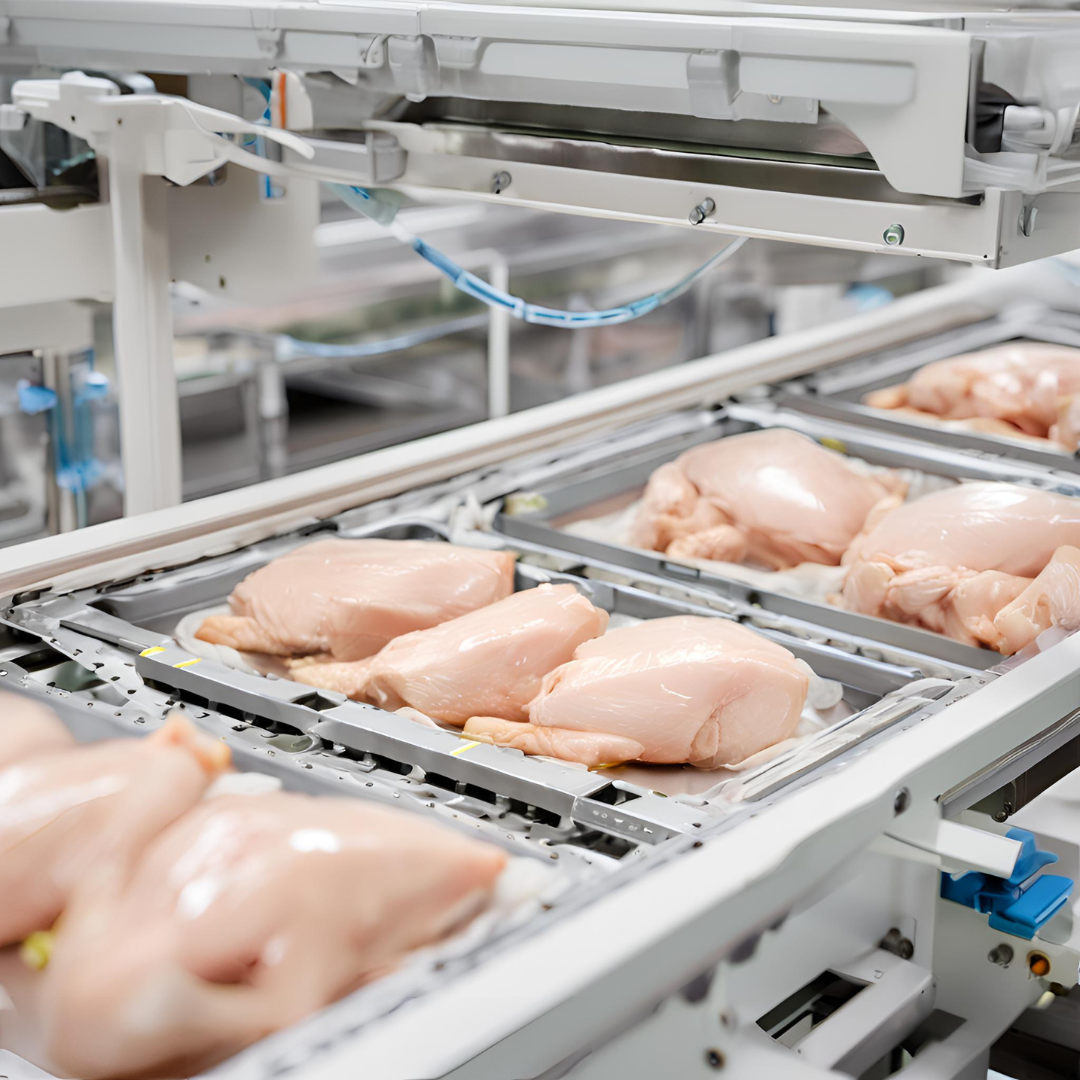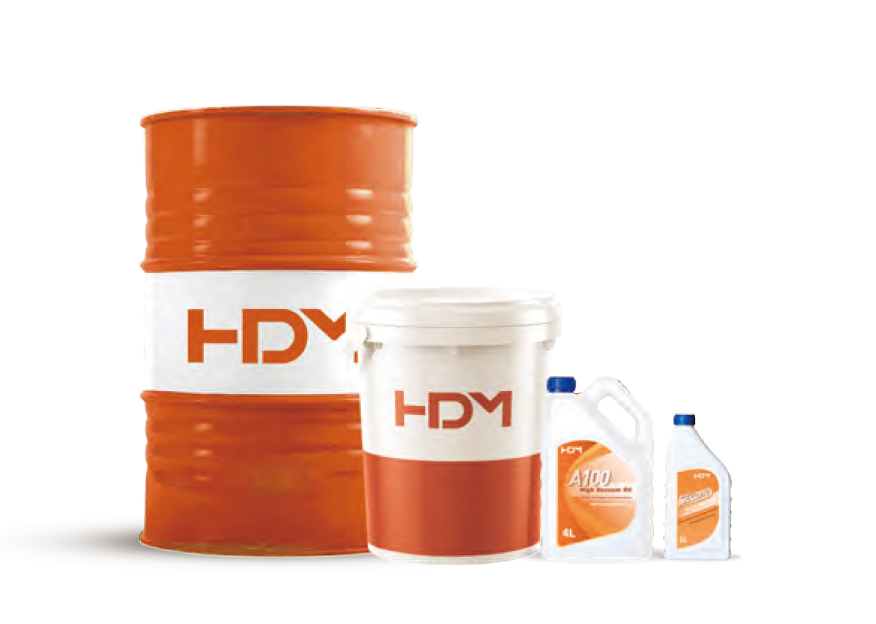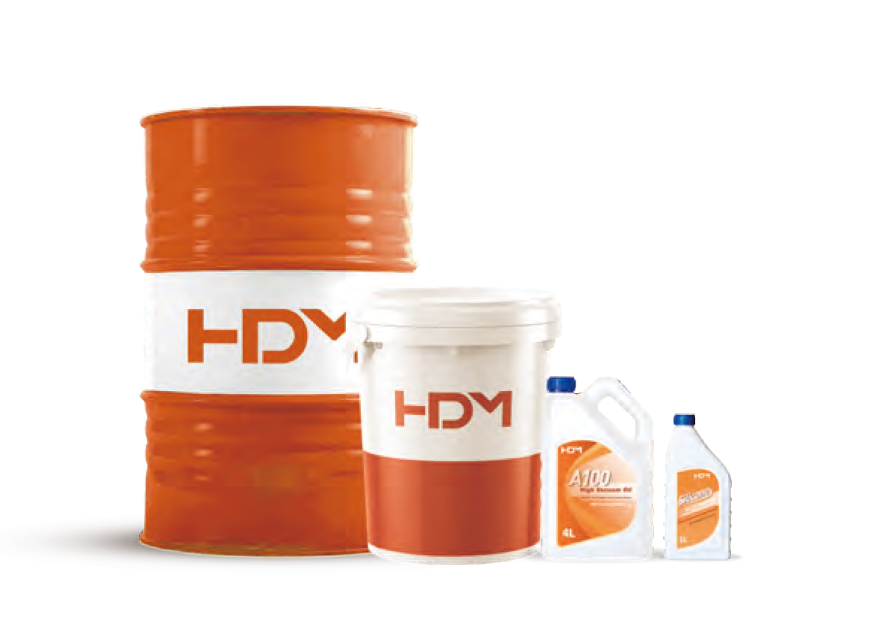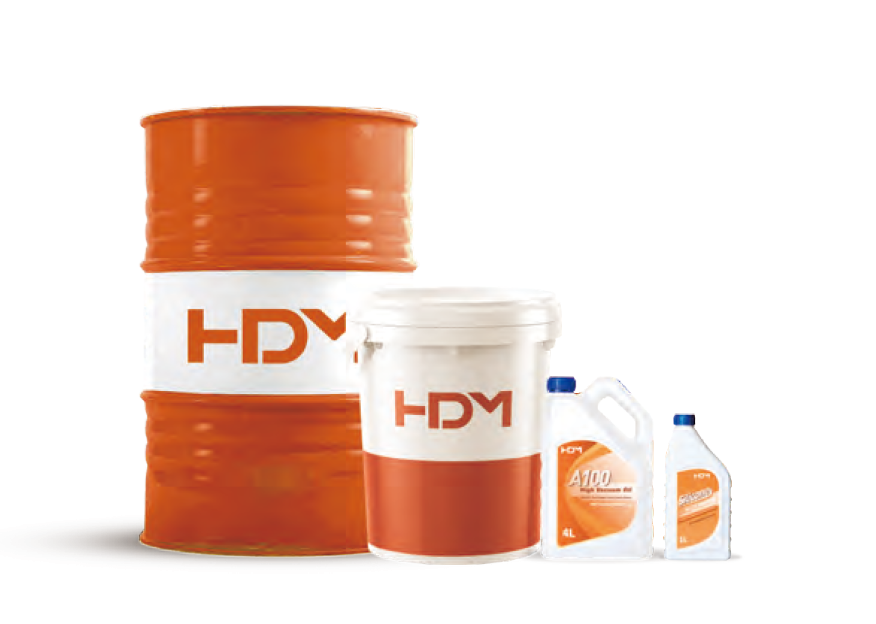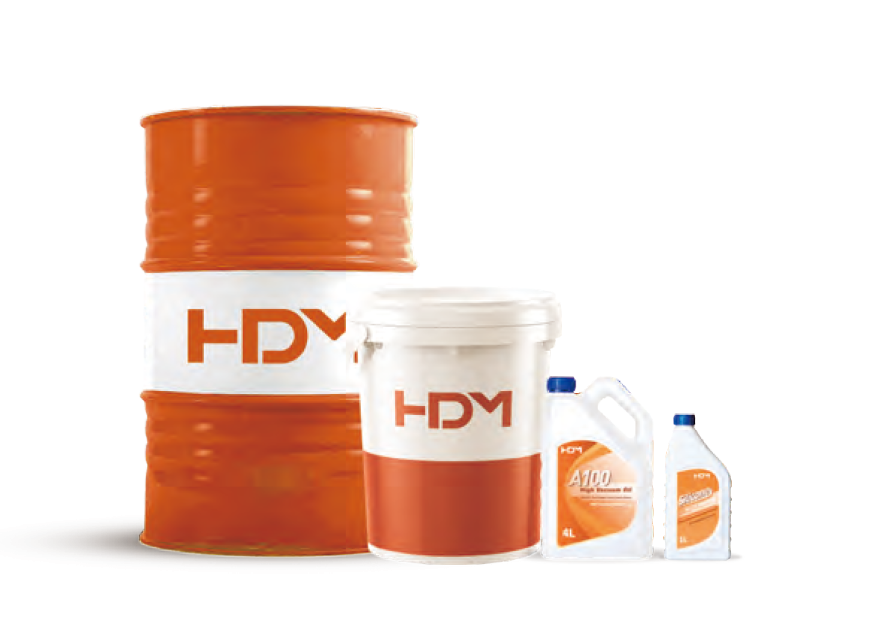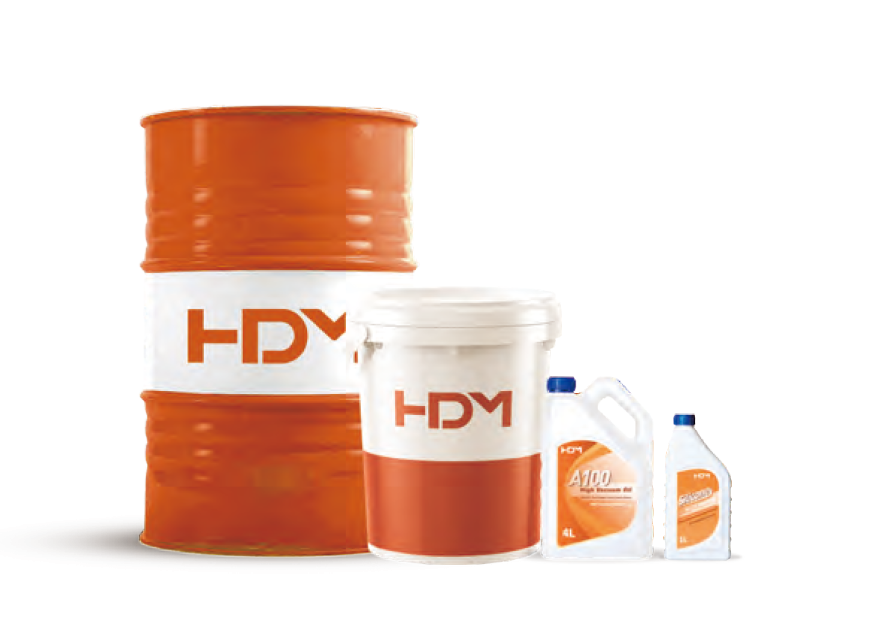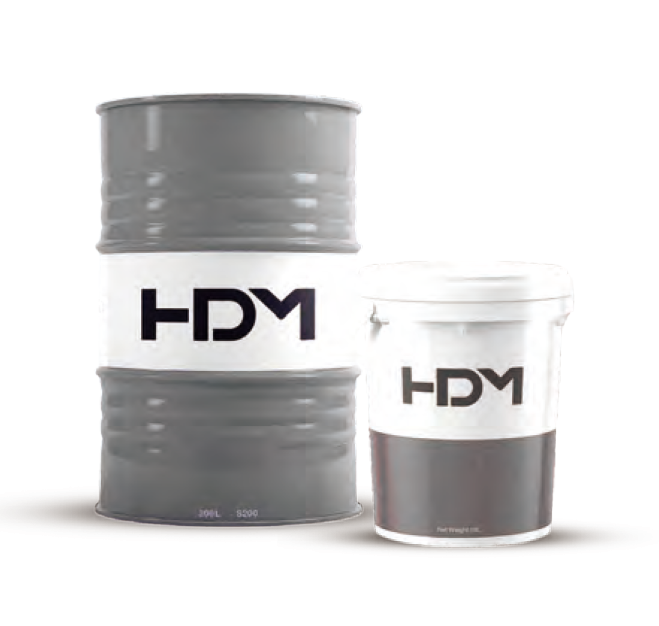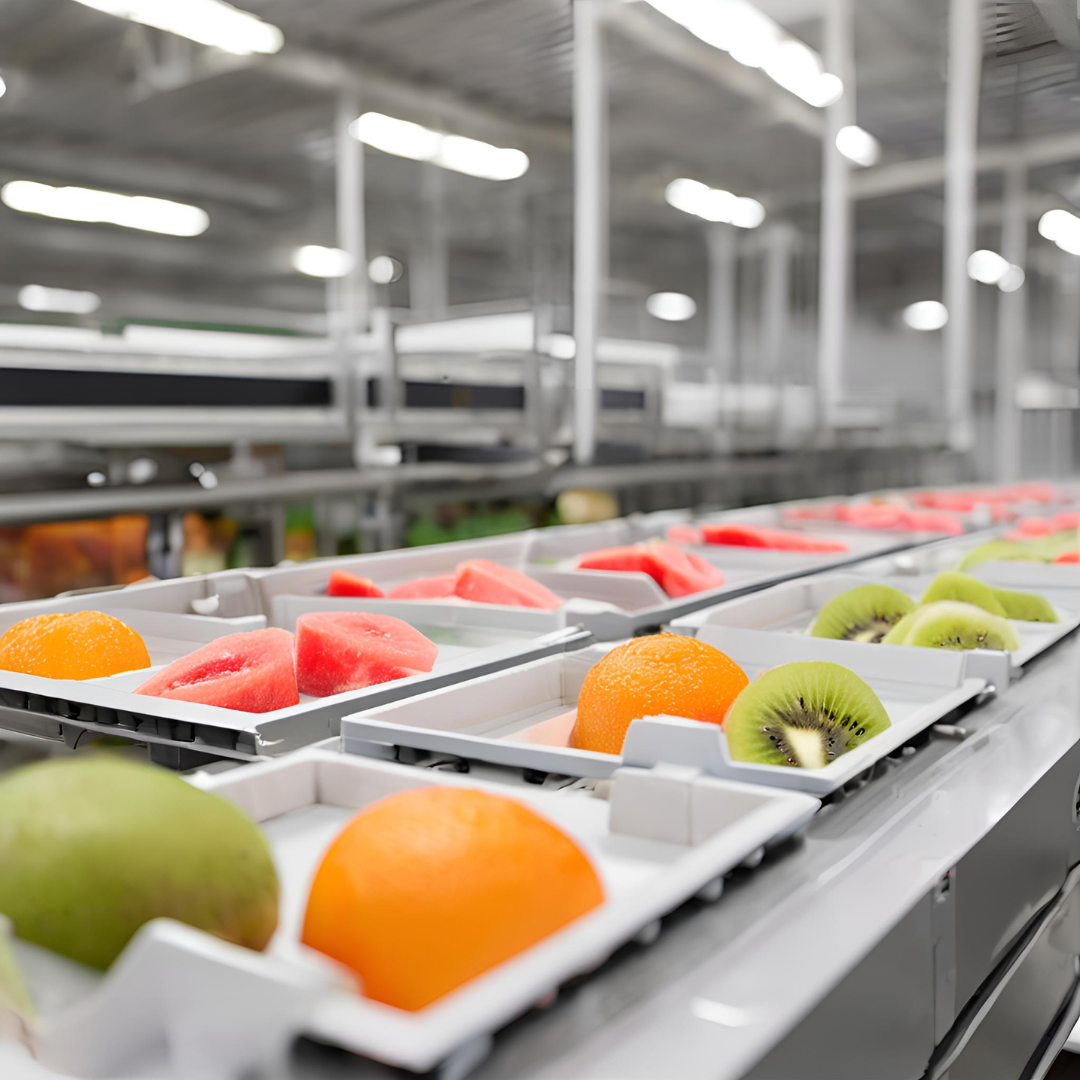
What is the difference between H3 and 3H in food grade lubricants?
H3-water-soluble lubricating oil
3H-release agent
H1,3H certified lubricants can be used in processes that have direct or indirect contact with food in production, processing, packaging, preparation and handling; there is no pharmaceutical grade lubricant, food grade lubricants H1,3H can be used in medicine Industry, many pharmaceutical factories are still using petroleum jelly, which refers to this so-called pharmaceutical grade. The market calls it cosmetic grade or medicinal grade white oil. These terms are not standard.
NSF classification: H1, H2, 3H, HT1
𝗪𝗵𝗮𝘁 𝗮𝗿𝗲 𝘁𝗵𝗲 𝘀𝘁𝗮𝗻𝗱𝗮𝗿𝗱𝘀 𝗳𝗼𝗿 𝗳𝗼𝗼𝗱 𝗴𝗿𝗮𝗱𝗲 𝗹𝘂𝗯𝗿𝗶𝗰𝗮𝗻𝘁𝘀 𝗶𝗻 𝗖𝗵𝗶𝗻𝗮?
GB 4853-2008 Food grade white oil,
GB 15179-1994 Food machinery grease,
GB 23820-2009 Machinery Safety Hygiene Requirements for Lubricants in Incidental Contact with Products
The National Sanitation Foundation (NSF), a food-grade lubricant certification body, was established in 1944 as an independent, not-for-profit, non-governmental organization.
NSF specializes in standard setting, product testing and certification services in the fields of public health, safety, and environmental protection. It is an authoritative organization in the field of public health and safety.
After 1999, NSF took over the safety certification of lubricants from USDA, and added finished product testing standards for food-grade lubricants in accordance with FDA and USDA standards. All products that meet the standards are announced through its official website "white paper"
𝗪𝗵𝗮𝘁 𝗶𝘀 𝗙𝗗𝗔 𝘀𝘁𝗮𝗻𝗱𝗮𝗿𝗱 𝟮𝟭𝗖𝗙𝗥𝟭𝟳𝟴.𝟯𝟱𝟳𝟬?
FDA refers to the United States Food and Food Administration. CFR21 is Article 21 of the United States Code of Federal Regulations, which is the certification standard for food and products. "It is a regulatory requirement for food and medical devices in the United States. Different products have relevant requirements for each part. Specifically, they must pass FDA registration or testing.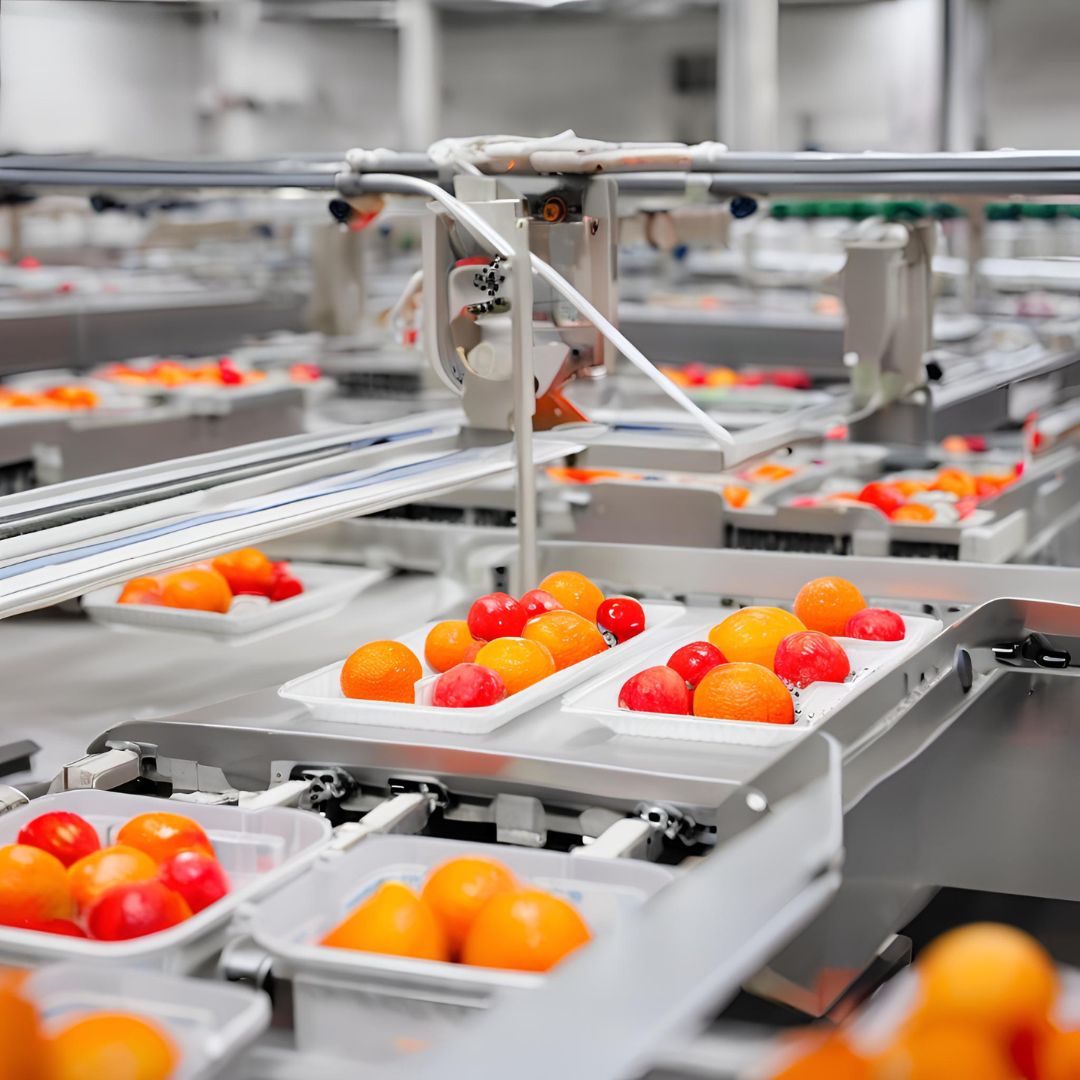
𝗪𝗵𝘆 𝘂𝘀𝗲 𝗳𝗼𝗼𝗱 𝗴𝗿𝗮𝗱𝗲 𝗹𝘂𝗯𝗿𝗶𝗰𝗮𝗻𝘁𝘀?
Safety and better performance, preventing oil contamination of food
Lubricating oil contamination incidents have indeed occurred in the food processing industry:
1.) In 1996, a large U.S. meat processor recalled a total of 4,740 pounds (2152kg) of turkey sausage because the product was contaminated with grease. When phased in to food-grade lubricants for one year, only 31 pounds were recalled.
2.) In 1998, many customers complained that they felt "bad taste" and "throats were sore for up to three hours" after eating hams. It turned out that this was because these hams were contaminated with gear lubricant. Later, the manufacturer of this ham A major U.S. pork processor has recalled 490,000 pounds (223 tons) of smoked boneless ham.
3.) In 2000, the manufacturer voluntarily recalled 86,000 pounds (39 tons) of sliced and packaged turkey products (mostly deli meat) due to contamination with non-food grade lubricants. Consumers complained about the product being off-flavored and smelly. Several consumers experienced "temporary intestinal discomfort."
4.) On September 1, 2000, Stoke-on-Trent City Council in the United Kingdom confirmed that tests on a can of baby food revealed the presence of toxic substances. Following an investigation, a can of global brand baby food was found to be contaminated with mineral oil lubricant, which may have come from machinery in the food processing process or from the can production process.
5.) In November 2002, a batch of soft drinks was recalled due to contamination with lubricating oil. The Australian National Organization for Standardization says the drink may cause pain after consumption.
6.) In 2002, a Danish milk powder manufacturer discovered that its product contained contaminants. A total of 1,100 tonnes of milk powder produced from January 3 to June 28, 2002, was contaminated with between 0.5 and 0.75 liters of lubricating oil containing very fine iron particles. After tracing the source, it was found that a worn bearing in the gearbox of the packaging plant caused the contamination. Because the bearings are worn, oil can seep out of the ball joint and into the formula.
Therefore, the application of food-grade lubricants is to protect consumer rights and personal health. Any food merchant can only use food-grade lubricants for lubrication at the contact points between food and machinery. This is not only the obligation of the merchant, but also a reflection of quality.


